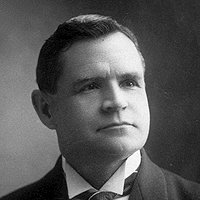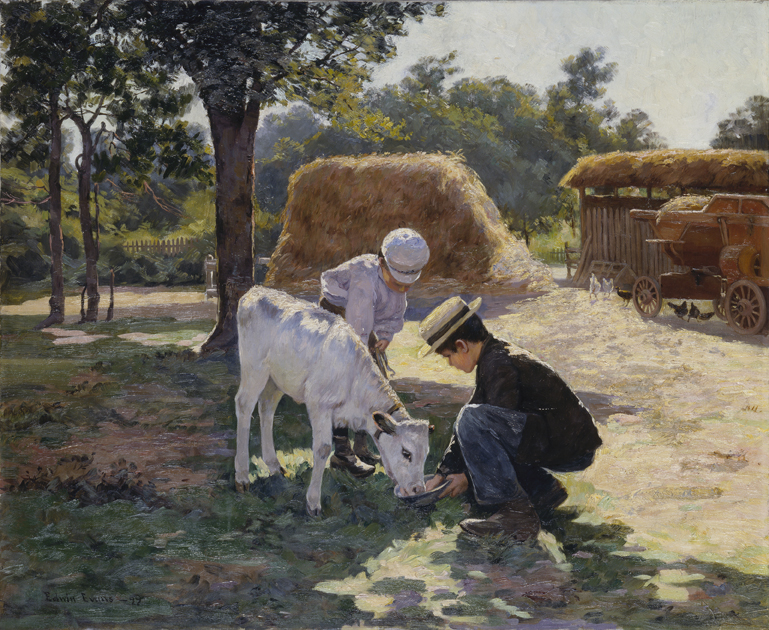Edwin Evans: Mormon Artist
Edwin Evans was an early Utah painter and one of the five artists who were set apart as art missionaries and sent to study in Paris. He was a member of The Church of Jesus Christ of Latter-day Saints.
Evans was born in 1860 in Lehi, Utah, once known as Evansville because Edwin’s father, David Evans, founded it. Edwin Evans did not consider himself an artist until he was near age 30. While he worked as a railroad telegrapher, he would fill in his quiet working moments by sketching. Alonzo E. Hyde watched him sketch and told him that he should study art. With Hyde’s support, Evans went to Salt Lake City and studied briefly with artists George Ottinger and Danquart Weggeland.
In 1888, Hyde and his business partner John Beck helped Evans travel to Paris and join John Fairbanks, John Hafen, and Lorus Pratt to study art at the Academie Julian. Herman Haag joined them later. Evans later received support from the Church of Jesus Christ when he was set apart as an art missionary. The Utah artists worked hard in their demanding instruction and won several competitions. Their Paris training produced artists who gained new techniques and greater sophistication and accuracy in perspective and proportions. French Impressionism and its emphasis on landscapes and the effects of natural light influenced them and their paintings.
Evans returned from Europe in 1892 and he was awarded Honorable Mention in the 1893 Chicago World’s Fair for his painting “Wheat Fields.” He painted murals in the Salt Lake Temple, the Cardston Alberta Temple, and eight murals for the Veteran’s Hospital in Salt Lake City.
Evans taught art at the University of Utah, beginning in 1898, to such distinguished students as LeConte Stewart, A. B. Wright, and Mabel Frazer. He later became head of the art department at the U and taught there until 1919. He taught in his private studio as well as at Brigham Young University, the YMCA, the Art Barn, Hammond Hall, As a member of the Society of Utah Artists and the Utah Art Institute, he promoted art activities throughout the community. He was instrumental in keeping a “mechanical” drawing program out of the public schools.
In his later years, he became a well-respected watercolorist. He returned to Paris twice to study further. He married Catherine Lewis in 1880 and they were the parents of five daughters and two sons.
He spent his last years placing his art where he wished them to be collected. BYU owns a large amount. A few years before his death, a retrospective of his works were exhibited in Salt Lake City (1941). He died in California on March 4, 1946.

